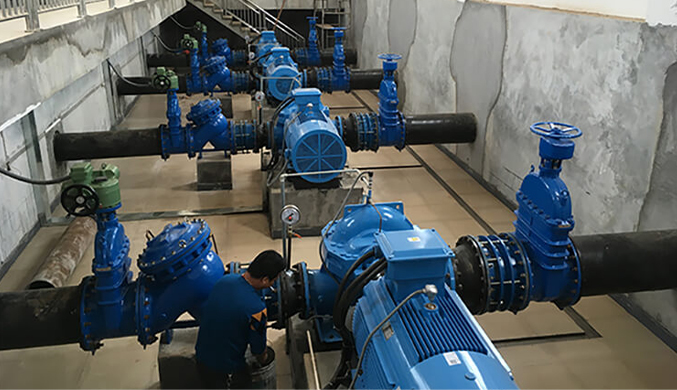English
- Afrikaans
- Albanian
- Amharic
- Arabic
- Armenian
- Azerbaijani
- Basque
- Belarusian
- Bengali
- Bosnian
- Bulgarian
- Catalan
- Cebuano
- Corsican
- Croatian
- Czech
- Danish
- Dutch
- English
- Esperanto
- Estonian
- Finnish
- French
- Frisian
- Galician
- Georgian
- German
- Greek
- Gujarati
- Haitian Creole
- hausa
- hawaiian
- Hebrew
- Hindi
- Miao
- Hungarian
- Icelandic
- igbo
- Indonesian
- irish
- Italian
- Japanese
- Javanese
- Kannada
- kazakh
- Khmer
- Rwandese
- Korean
- Kurdish
- Kyrgyz
- Lao
- Latin
- Latvian
- Lithuanian
- Luxembourgish
- Macedonian
- Malgashi
- Malay
- Malayalam
- Maltese
- Maori
- Marathi
- Mongolian
- Myanmar
- Nepali
- Norwegian
- Norwegian
- Occitan
- Pashto
- Persian
- Polish
- Portuguese
- Punjabi
- Romanian
- Russian
- Samoan
- Scottish Gaelic
- Serbian
- Sesotho
- Shona
- Sindhi
- Sinhala
- Slovak
- Slovenian
- Somali
- Spanish
- Sundanese
- Swahili
- Swedish
- Tagalog
- Tajik
- Tamil
- Tatar
- Telugu
- Thai
- Turkish
- Turkmen
- Ukrainian
- Urdu
- Uighur
- Uzbek
- Vietnamese
- Welsh
- Bantu
- Yiddish
- Yoruba
- Zulu
Telephone: +86 13120555503
Email: frank@cypump.com
Aug . 06, 2024 04:26 Back to list
Understanding the Function and Maintenance of Septic Pumping Systems for Efficient Waste Management
Understanding Septic Pump Systems An Essential Guide
Septic pump systems play a crucial role in managing wastewater for homes and properties that are not connected to a municipal sewer system. These systems are designed to treat and dispose of sewage and greywater in a way that safeguards the environment and public health. This article aims to provide a comprehensive overview of septic pump systems, including their components, functions, maintenance, and advantages.
What is a Septic Pump System?
A septic pump system is a critical component of a septic system, which consists of a septic tank, a drain field, and in some cases, a pump. The primary function of the septic tank is to separate solids from liquids and allow anaerobic bacteria to break down organic matter. After the wastewater undergoes this primary treatment, the liquid effluent flows into a drain field, where it is further treated as it percolates through the soil.
In situations where the drain field is located below the level of the septic tank, a pump is necessary to move the effluent to the drain field. This is where the septic pump comes into play. It ensures that wastewater is adequately distributed and that the system functions efficiently.
Components of a Septic Pump System
1. Septic Tank This holds the wastewater long enough for solids to settle at the bottom, while grease and oils float to the top. Regular maintenance is required to prevent overflow and clogging.
2. Pump Chamber In pumped systems, the pump chamber collects effluent that is ready to be discharged to the drain field. This chamber is designed to hold a specific volume of liquid waste before the pump activates.
3. Septic Pump The pump is the heart of the system. It can be submersible or above-ground and is responsible for moving the wastewater from the pump chamber into the drain field. Submersible pumps are typically more durable and quieter.
septic pump systems

4. Drain Field This is the area where the wastewater is ultimately discharged and treated by the soil. It consists of a series of trenches filled with gravel, which allows the effluent to seep into the ground.
5. Control Panel This includes switches, alarms, and floats that monitor the pump's operation. It helps ensure that the pump functions correctly and can alert homeowners to any malfunctions.
Maintenance and Care
Proper maintenance of a septic pump system is essential for its longevity and efficiency. Homeowners should schedule regular inspections, typically every 1 to 3 years, depending on usage and local regulations. Key maintenance tasks include
- Pumping the Septic Tank This should be done every 3 to 5 years to remove accumulated solids and prevent clogs. - Checking the Pump Ensure that the pump is functioning properly and replace any worn-out parts as necessary. - Monitoring for Alerts Pay attention to alarm signals indicating issues such as high water levels or pump failure. - Avoiding Harmful Chemicals Do not flush non-biodegradable items or harsh chemicals down the drain, as they can upset the septic system's natural balance.
Advantages of Septic Pump Systems
Septic pump systems offer several advantages, especially for properties in rural or remote areas. They are often more cost-effective than connecting to a municipal sewer system. Additionally, septic systems can reduce the environmental impact of wastewater disposal by providing natural treatment through soil filtration. Moreover, if properly maintained, septic systems can have a long lifespan, making them a reliable choice for homeowners.
Conclusion
In conclusion, septic pump systems are essential for effective wastewater management, especially for homes not served by city sewer lines. Understanding their components, proper maintenance requirements, and their benefits can help homeowners ensure a functional and environmentally friendly wastewater treatment system. With the right care and attention, a septic pump system can provide long-lasting service for many years.
-
Custom Drilling Mud and Slurry Pump Supplier - High Efficiency, Tailored Solutions
NewsJun.10,2025
-
Supply Vertical Submersible Sewage Pump High-Efficiency WQ/QW Pumps Supplier
NewsJun.10,2025
-
Premium Sewage Ejection System & Pumps Efficient Waste Removal
NewsJun.09,2025
-
Premium Wholesale Slurry Pump Impellers Durable & Efficient Slurry Handling
NewsJun.09,2025
-
Top Sewage Pump Companies Durable Industrial Solutions for Efficiency
NewsJun.09,2025
-
Heavy Duty Slurry Pumps - OEM High Performance & Bulk Wholesale
NewsJun.09,2025










